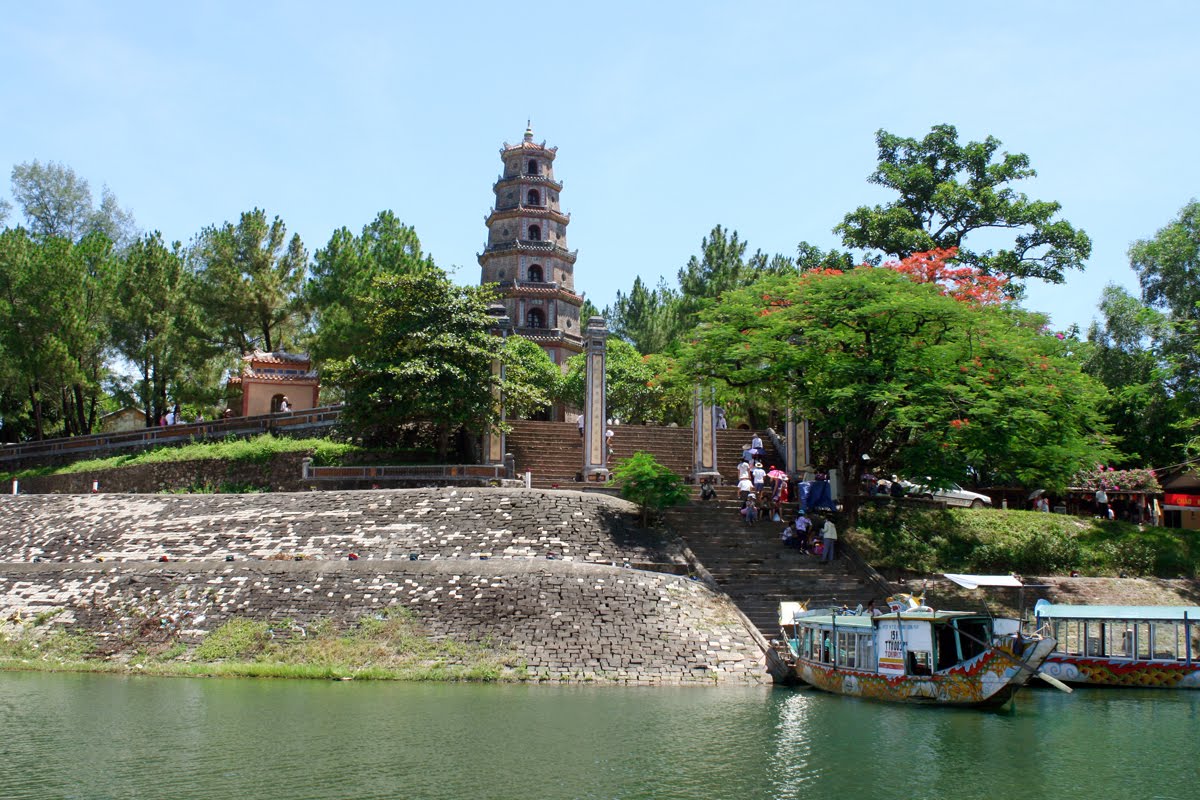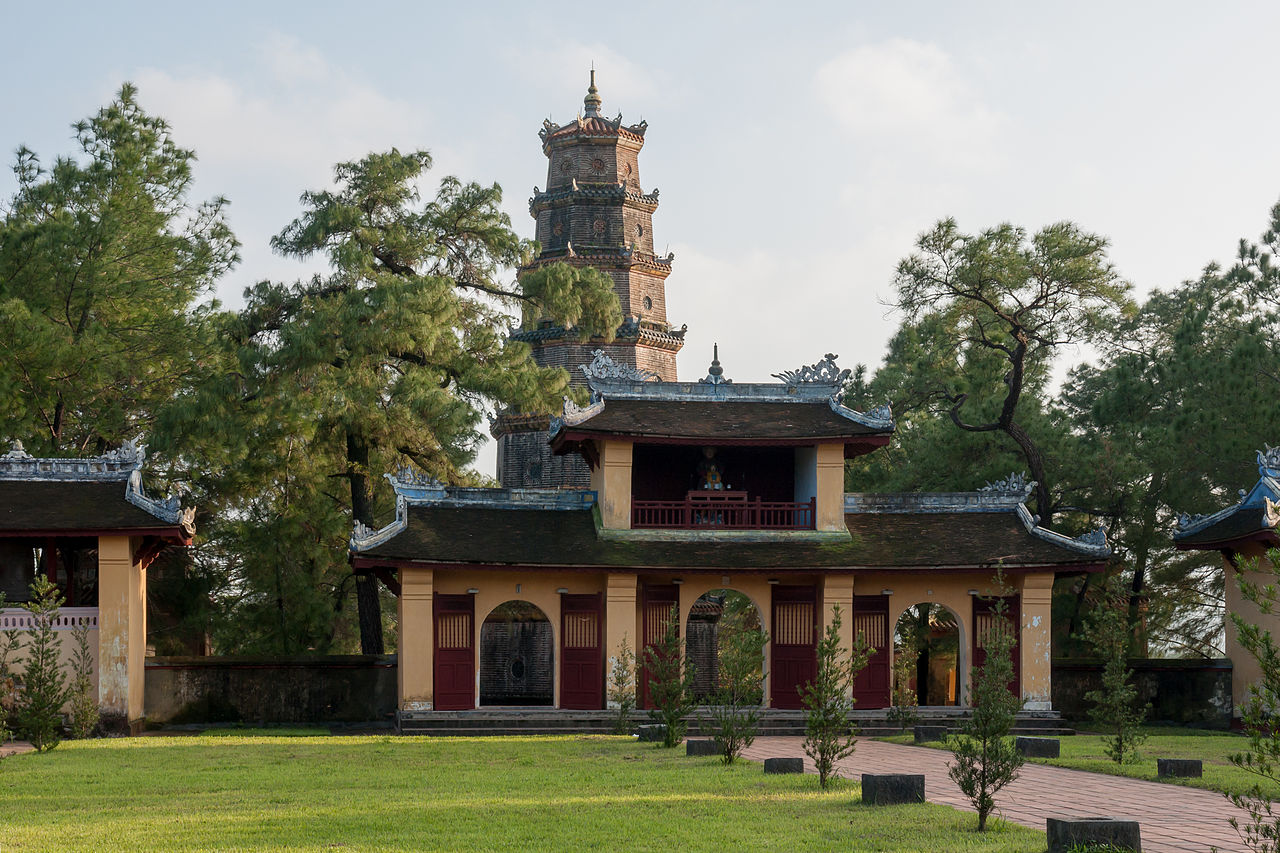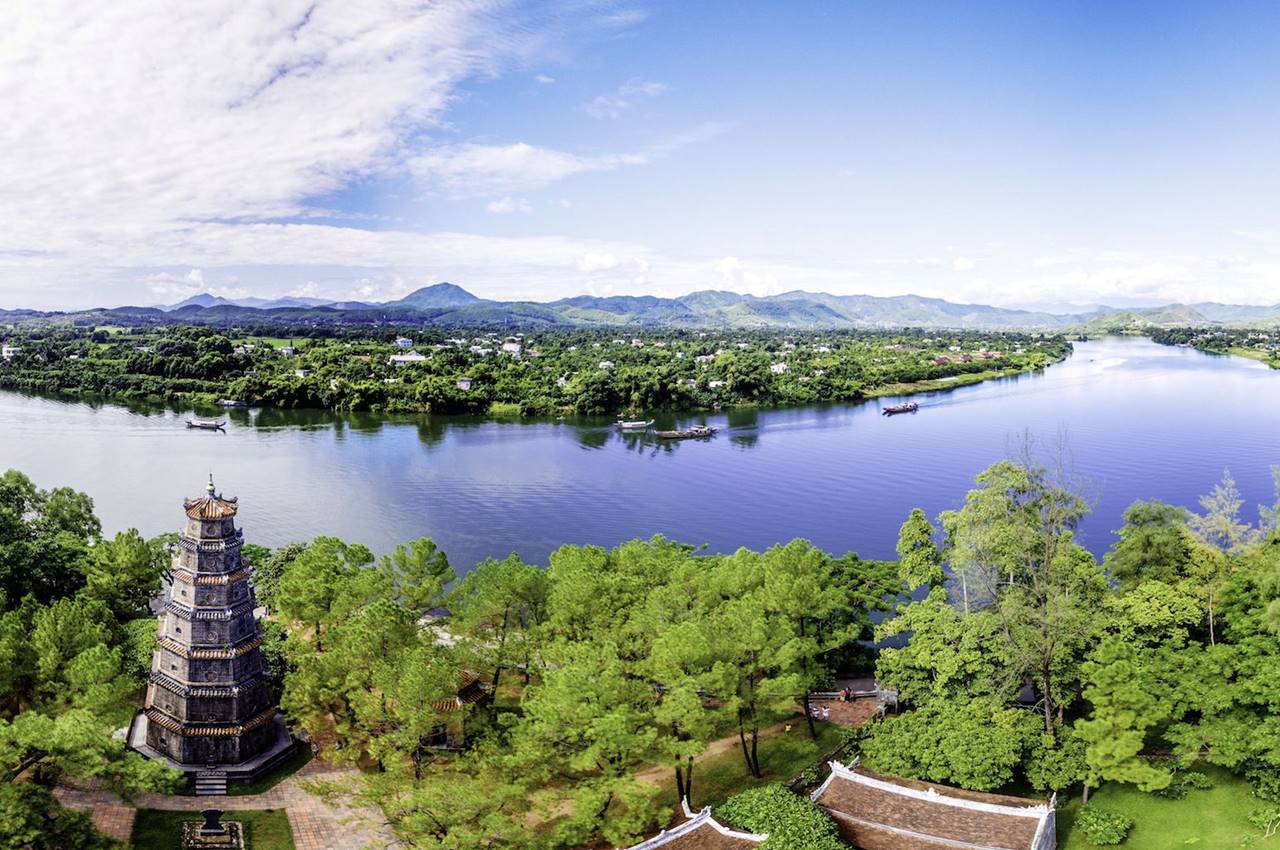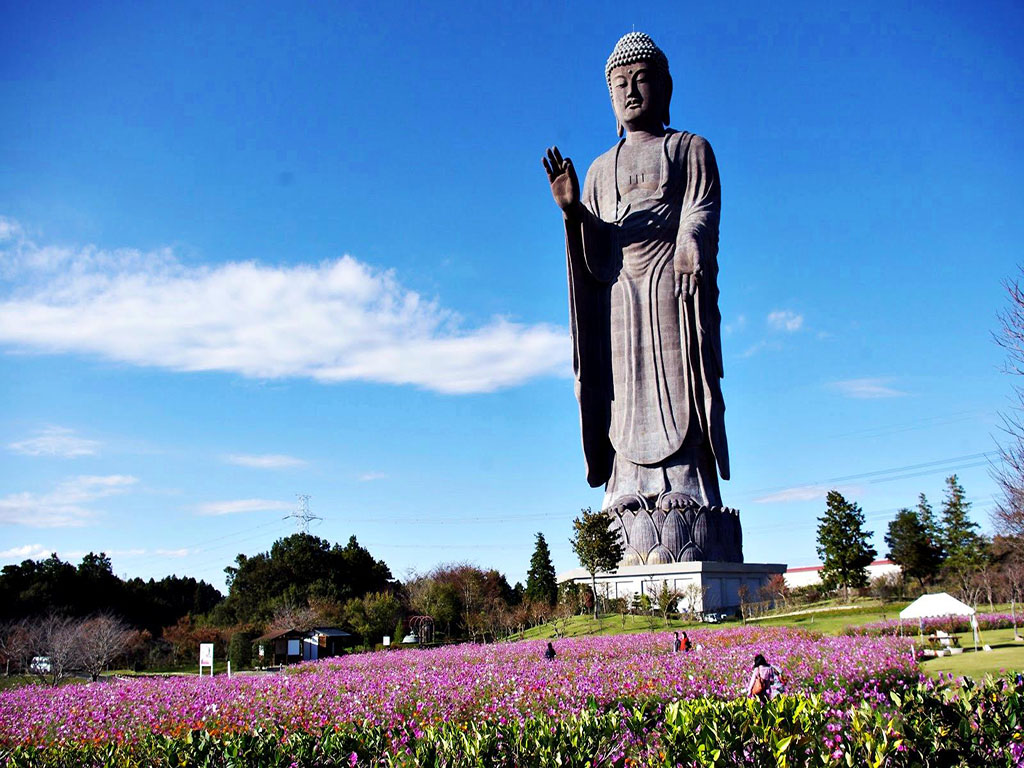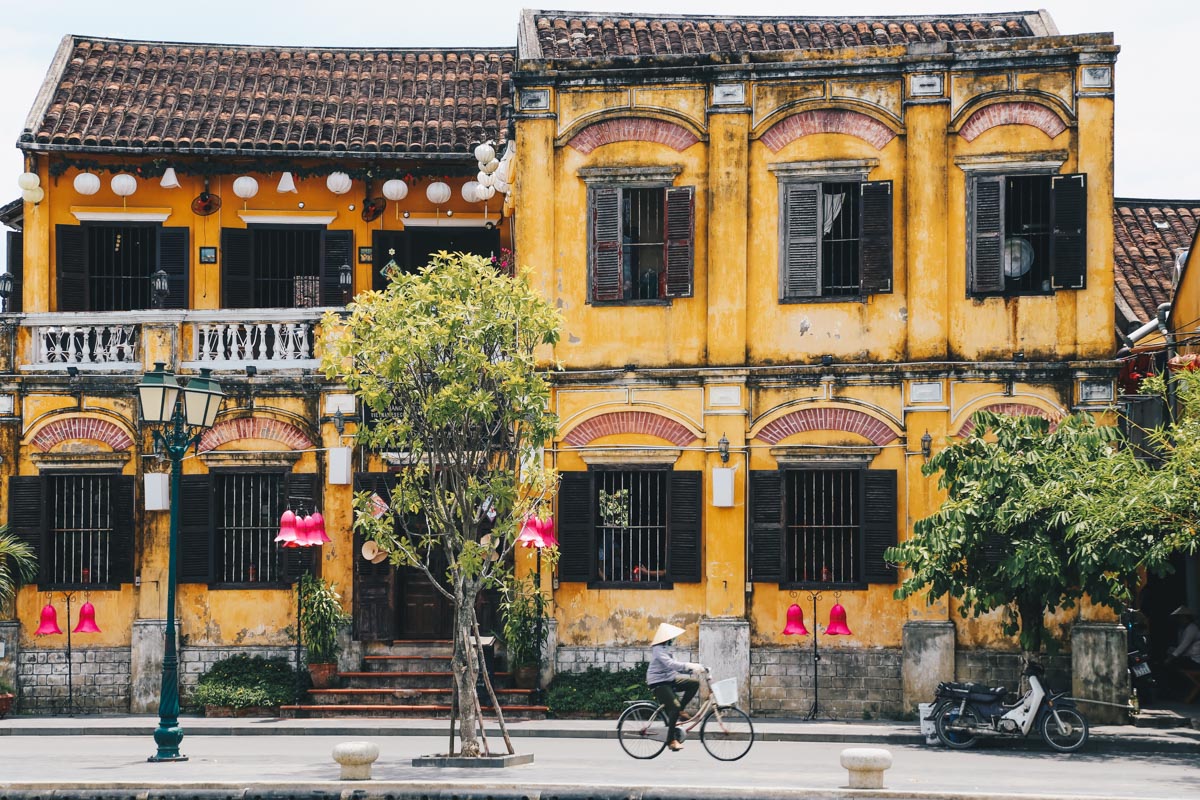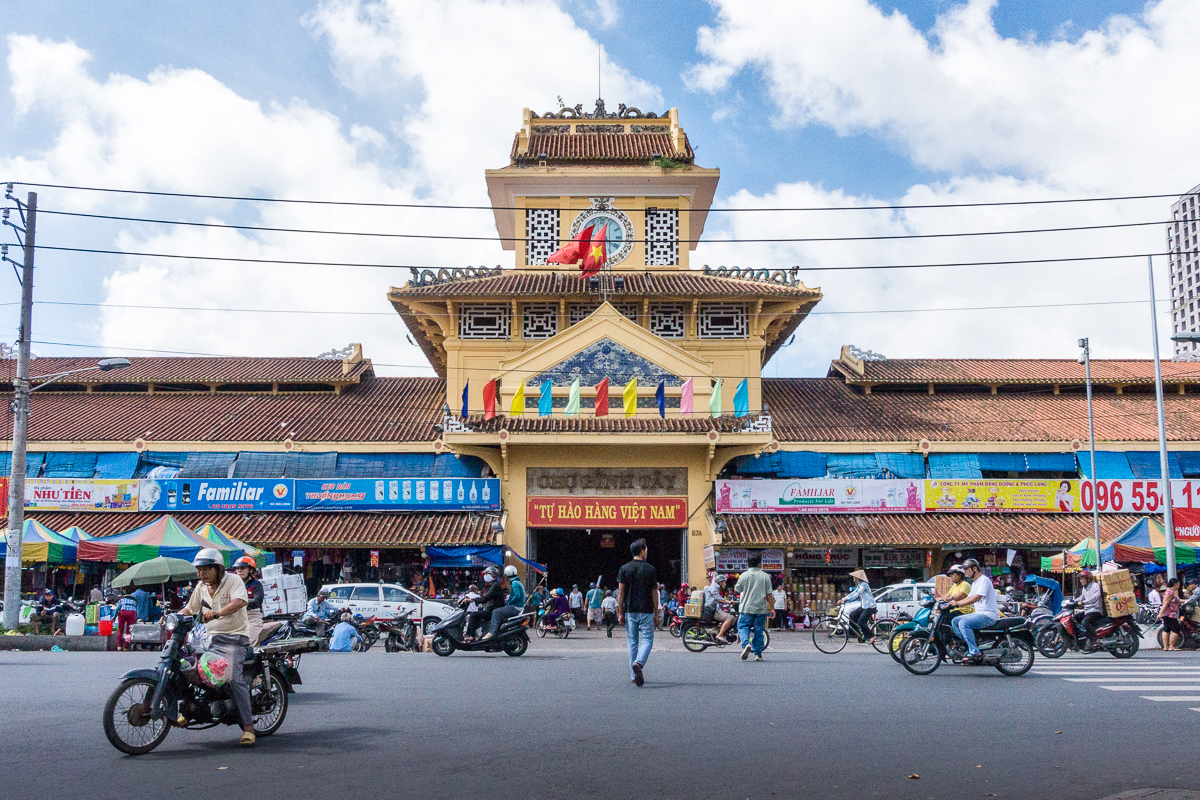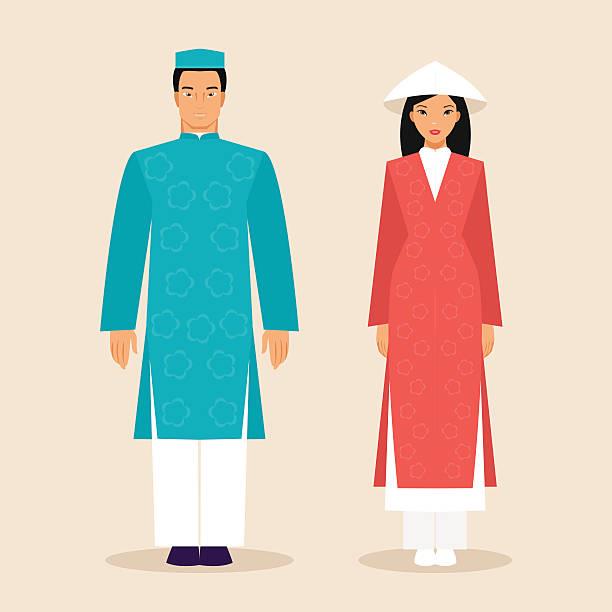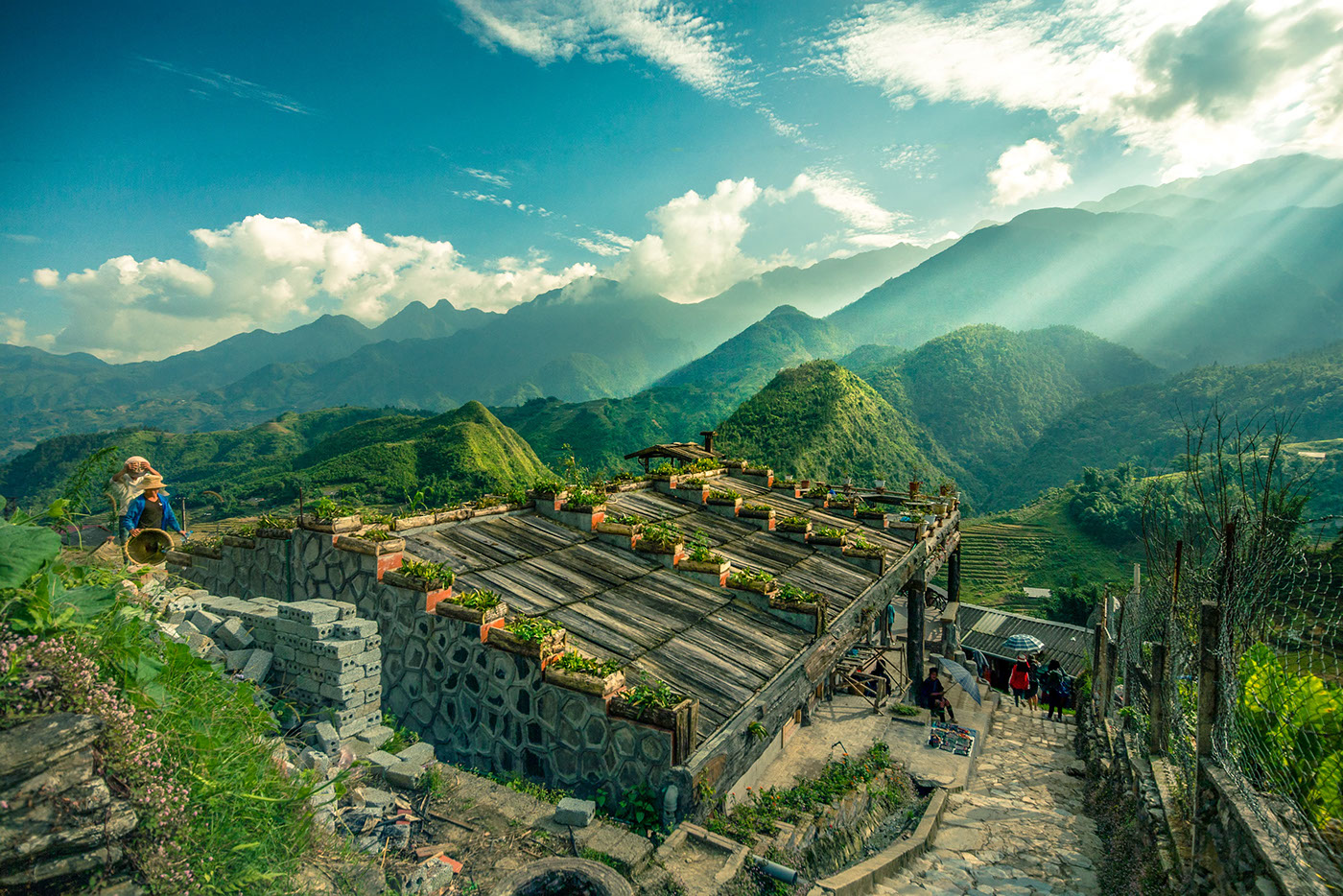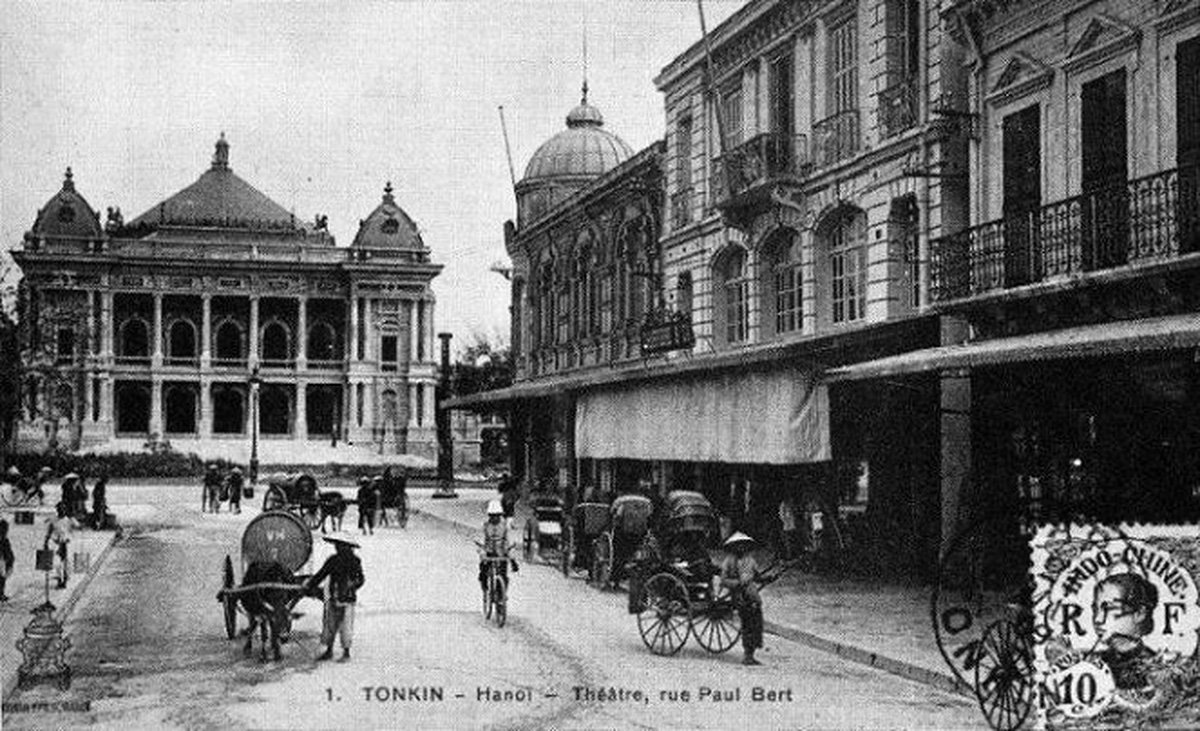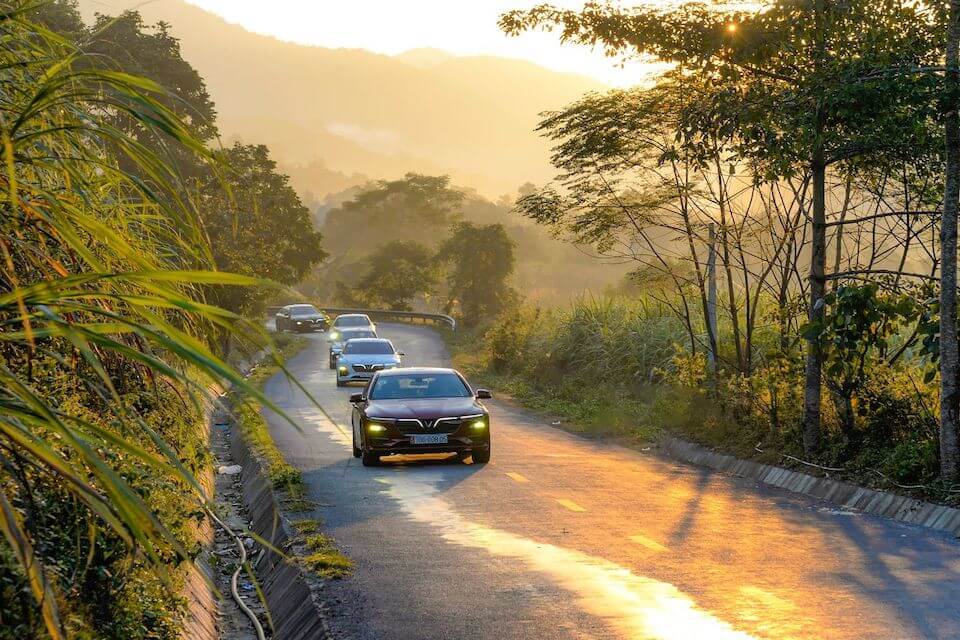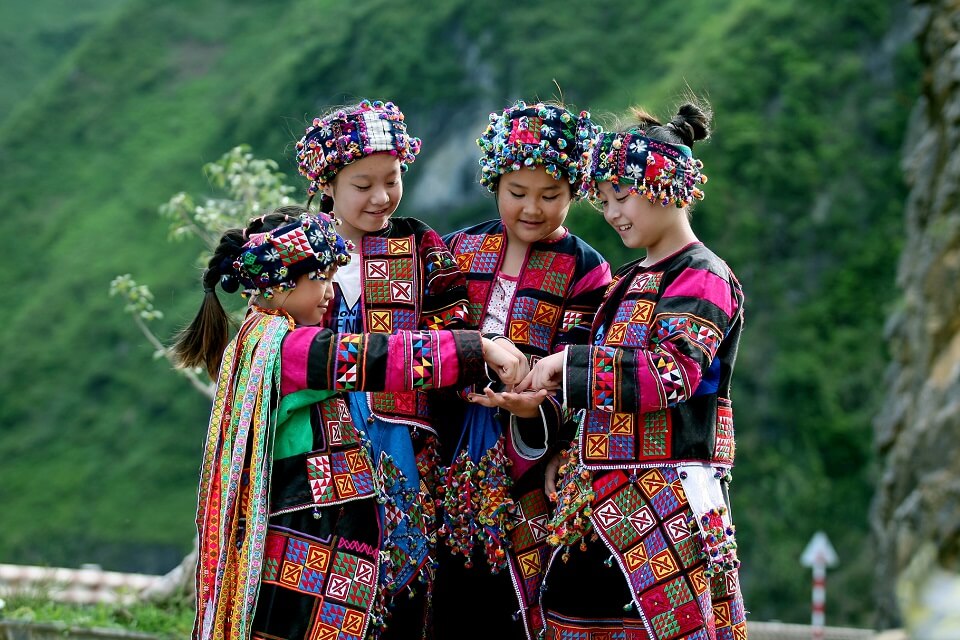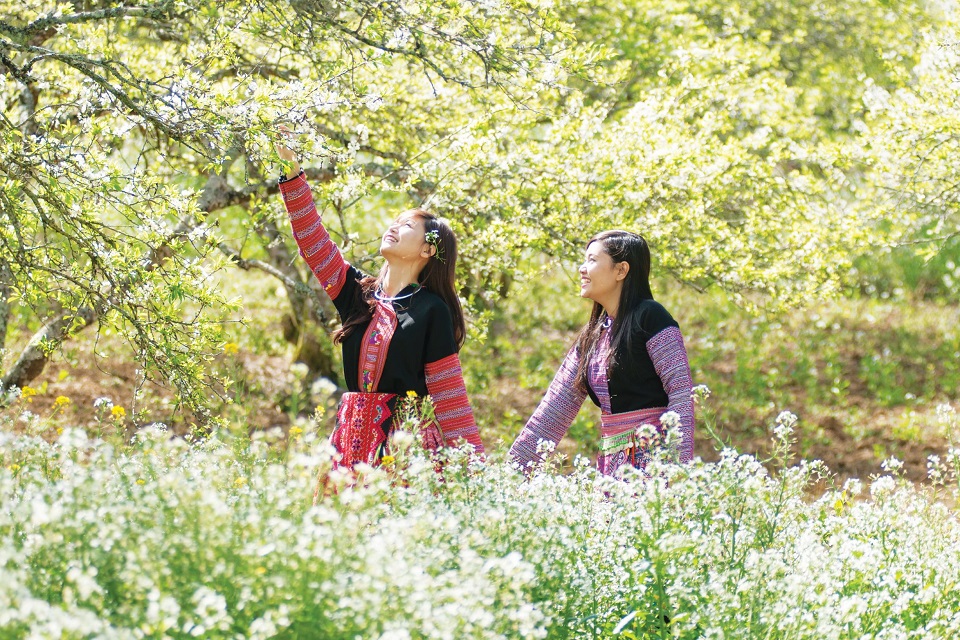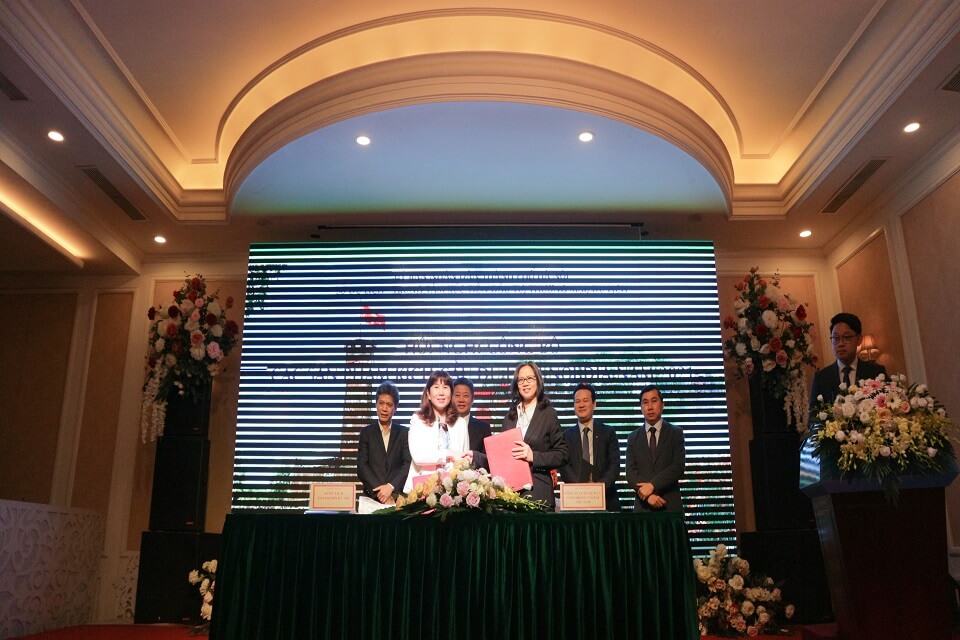Thien Mu Pagoda
There’s a religious site in Hue that lures tourists by its beautiful and ancient architectural structures of worship, Thien Mu pagoda in the ancient Hue city.
Formation and growth. The beautiful pagoda was built in 1601. Later on, several kings of the Nguyen Dynasty such as Gia Long, Minh Mang, Thieu Tri and Thanh Thai, all had the pagoda restored. At this very initial time, Hoang was the governor of the province of Thuan Hoa (now known as Hue), yet, started ruling his independent state in central Vietnam. According to the royal annals, Hoang was on a sightseeing trip and holiday to contemplate the seas and mountains of the local area when he passed by the hill, which is now the site of the Thien Mu Pagoda. On hearing the mentioned local legend, he had the pagoda constructed. The initial temple was in a very simple form of construction, but as time went by, it has been redeveloped and expanded with more intricate features.
To the left of the tower is a pavilion sheltering an enormous bell. The bell, called Dai Hong Chung, was cast in 1710 by Lord Nguyen Phuc Chu. It is famous for the great size, which is 2.5m high and 3,285 kg weigh. It is considered to be an outstanding achievement of 18th century bronze casting.
To the right of the tower is a pavillion containing a stela dated from 1715. It is set on the back of a massive marble turtle, a symbol of longevity, and is 2.58 m high.
A historical role. Besides the architectural value, Thien Mu pagoda features a great historical role, which is also of absorption to visitors. During the summer of 1963, Thien Mu Pagoda, like many in South Vietnam, became a hotbed of anti-government protest. South Vietnam's Buddhist majority had long been discontented with the rule of President Ngo Dinh Diem since his rise to power in 1955. Diem had shown strong favouritism towards Catholics and discrimination against Buddhists in the army, public service and distribution of government aid. Discontent with Diem exploded into mass protest in Hue during the summer of 1963 when nine Buddhists died at the hand of Diem's army and police on Vesak, the birthday of Gautama Buddha. Accordingly, Buddhist protests were held across the country and steadily grew in size. In those historical days, Thien Mu Pagoda was a major organising point for the Buddhist movement and was often the location of hunger strikes, barricades and protests.
Today, the pagoda is surrounded by flowers and ornamental plants. At the far end of the garden stretches a calm and romantic pine-tree forest. It is much well-maintained and very welcoming to all visitors.
Source Vietnam-beauty

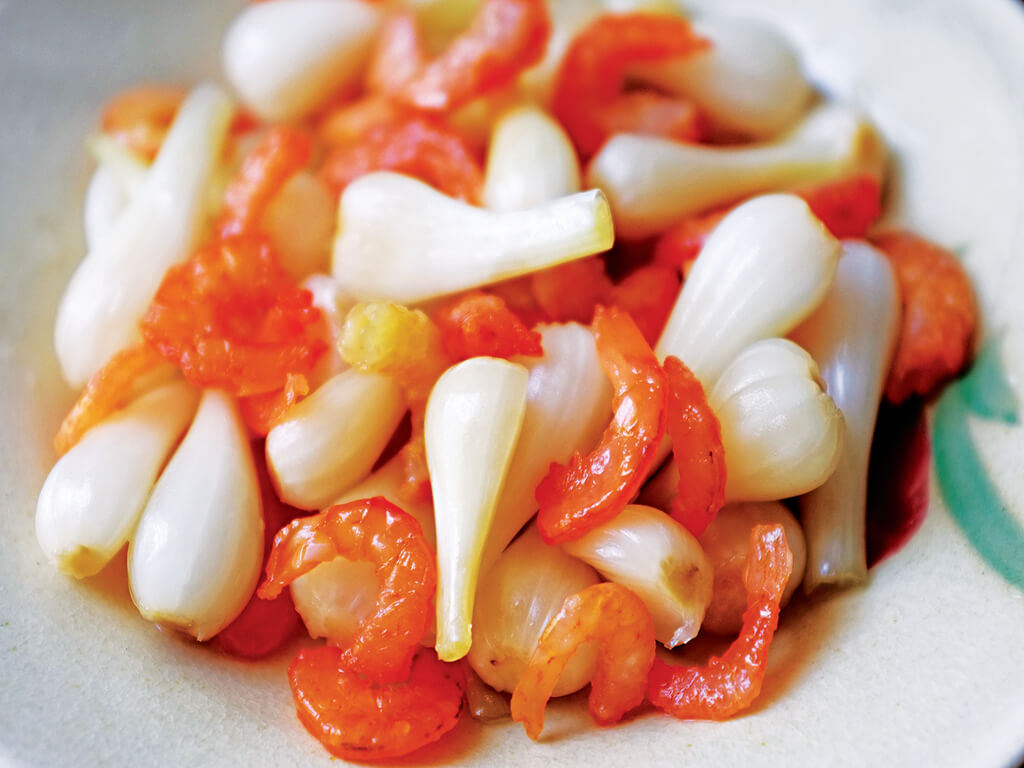
10 traditional Vietnamese Tết Dishes
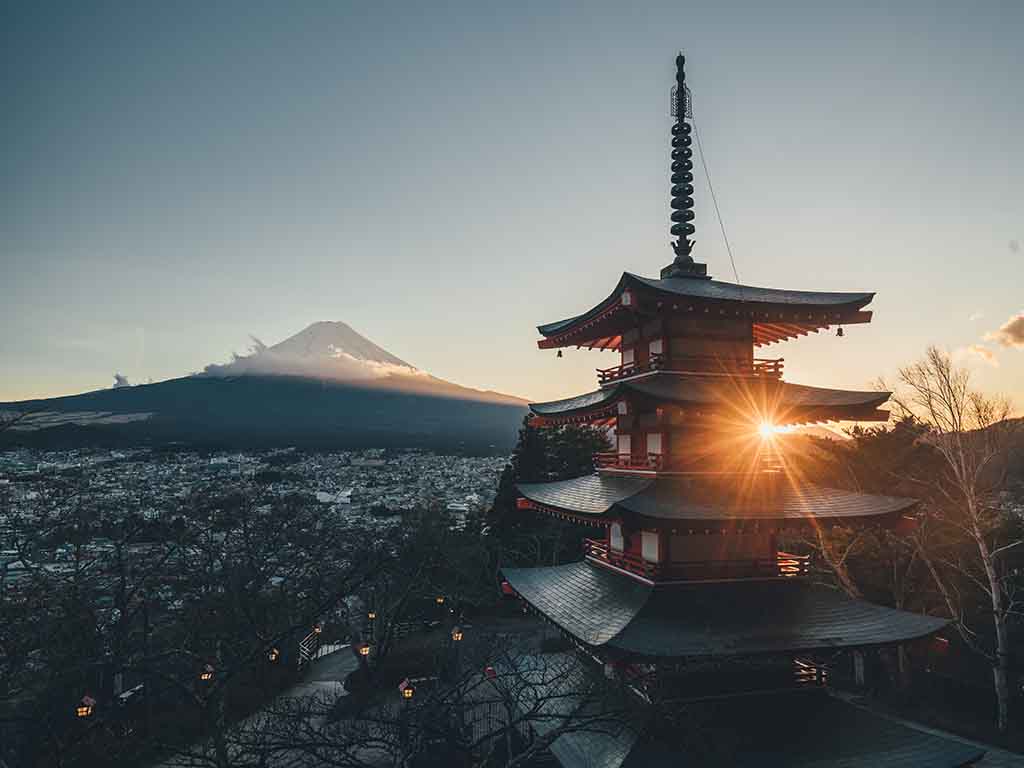
7 Amazing things about Japanese Culture
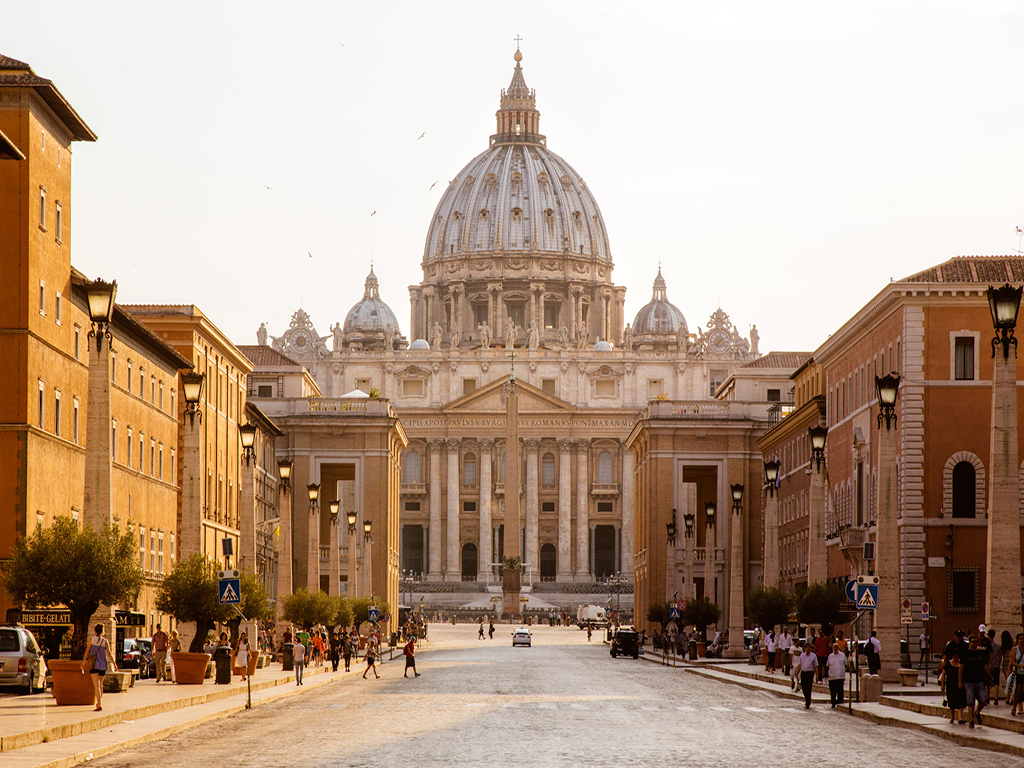
5 things you didn't know about the Vatican City
7 Largest Statues in the World
Large statues have been constructed since ancient times. The Great Sphinx, built by the ancient Egyp ...
Hoi An, Vietnam - UNESCO World Heritage site
Hoi An, once a major Southeast Asian trading post in the 16th and 17th centuries, is basically a liv ...
9 places for Shopaholics in Vietnam
Whether you are into big brands or love to bargain while street shopping, this list is perfect for y ...
Discover traditional costumes in Asia
The continent of Asia consists of a large diversity of cultures, traditions, and customs. Asia is kn ...
8 must-see places in Sapa in the afternoon
Travel to Sapa in the afternoon, where to go and what to do to have the most enjoyable experiences? ...
Hanoi Opera House
The beautiful Hanoi Opera House was built in 1911 by the then ruling French. It’s a phenomenal piece ...







